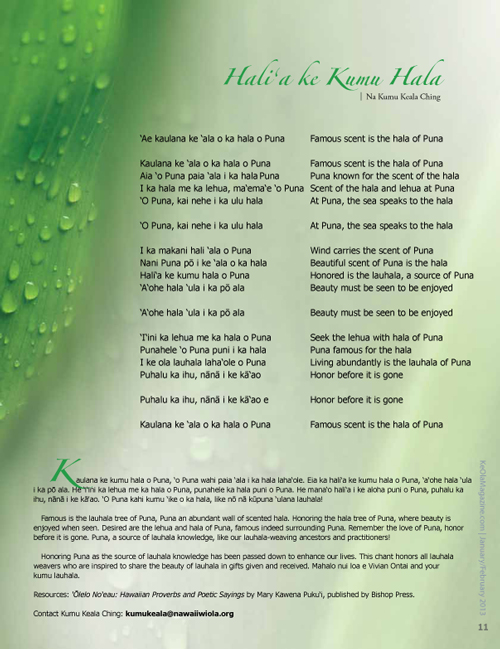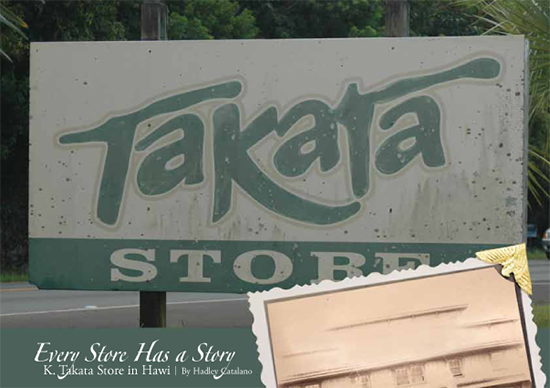
A Brief History of Whales in Hawai‘i
By Peter T. Young
The koholā (humpback whale) was well known to the early Hawaiians. In the Kumulipo chant—the Hawaiian chant of creation—the Second Era speaks of the birth of the whale: “Hanau ka palaoa noho I kai”—born is the whale living in the ocean.
The presence of the koholā in Hawaiian waters is evidenced in Hawai‘i’s oral and written history through petroglyphs, legends, legendary place names, and artifacts.
Kapoukahi, a powerful kahuna from Kaua‘i, prophesized that war would end if Kamehameha I constructed a heiau dedicated to the war god Ku at Pu‘ukoholā. In 1791, Keoua, Kamehameha’s cousin, was slain at Pu‘ukoholā, an event that according to prophesy, led to the conquest and consolidation of the islands under the rule of Kamehameha I.
Whaling in Hawai‘i
Hawai‘i’s whaling era began in 1819 when two New England ships became the first whaling ships to arrive in the Hawaiian Islands. At that time, whale products were in high demand; whale oil was used for heating, lamps and in industrial machinery; whale bone was used in corsets, skirt hoops, umbrellas and buggy whips.
Rich whaling waters were discovered near Japan and soon hundreds of ships headed for the area. The central location of the Hawaiian Islands between America and Japan brought many whaling ships to the Islands.
Whalers needed food and the islands supplied this need from its fertile lands.
Whalers’ aversion to the traditional Hawaiian diet of fish and poi spurred new trends in farming and ranching. The sailors wanted fresh vegetables and the native Hawaiians turned the temperate uplands into vast truck farms. There was a demand for fresh fruit, cattle, white potatoes, and sugar. Hawaiians began growing a wider variety of crops to supply the ships.
In Hawai‘i, several hundred whaling ships might call in season, each with 20 to 30 men aboard and each desiring to resupply with enough food for another tour “on Japan,” “on the Northwest,” or into the Arctic.
The whaling industry was the mainstay of the island economy for about 40 years. For Hawaiian ports, the whaling fleet was the crux of the economy. More than 100 ships stopped in Hawaiian ports in 1824.
The effect on Hawai‘i’s economy, particularly in areas in reach of Honolulu, Lāhainā, and Hilo, the main whaling ports, was dramatic and of considerable importance in the islands’ history.
Over the next two decades, the Pacific whaling fleet nearly quadrupled in size, and in the record year of 1846, 736 whaling ships arrived in Hawai‘i. Then, whaling came swiftly to an end.
In 1859, an oil well was discovered and developed in Titusville, Pennsylvania; within a few years this new type of oil replaced whale oil for lamps and many other uses—spelling the end of the whaling industry.
Humpback Whales in the Hawaiian Islands
The warm waters surrounding the main Hawaiian Islands are breeding, calving and nursing areas for humpback whales and is one of the world’s most important habitats for them.
At the start of the 20th century, the global population of humpbacks was depleted by the commercial whaling industry.
In 1973, the United States government made it illegal to hunt, harm, or disturb humpback whales. When the Endangered Species Act was passed in 1973, the humpback whale was listed as endangered and remains so to this day. Protection of this important ecological habitat was necessary for the long-term recovery of the North Pacific humpback whale population.
In 1992, Congress enacted the Hawaiian Islands Humpback Whale National Marine Sanctuary, recognizing the important role that the Hawaiian Islands play in the preservation and long-term vitality of the endangered humpback whale.
The Sanctuary is jointly managed in an equal partnership in the oversight of sanctuary operations by the National Oceanic and Atmospheric Administration (NOAA) and the State of Hawai‘i. They determined that co-managing a sanctuary would provide additional beneficial resources and expertise to enhance the protection of humpback whales and their habitat.The cooperative agreement was signed in 1998.
The sanctuary conducts and supports humpback whale research to increase scientific knowledge about the North Pacific humpback whale population and its habitat.
Research efforts include photo identification, population, birth and mortality rates, and whale behavior. Like our fingerprints, whale flukes (tail fins) are unique with distinctive patches and markings for each whale. Researchers use the irregularities and differences of a whale’s fluke to distinguish between individual whales.
Along the coastlines of the Hawaiian Islands, the whales cause pause as travelers stop to watch their antics in the ocean.
Connect with Peter: ToTakeResponsibility.blogspot.com


